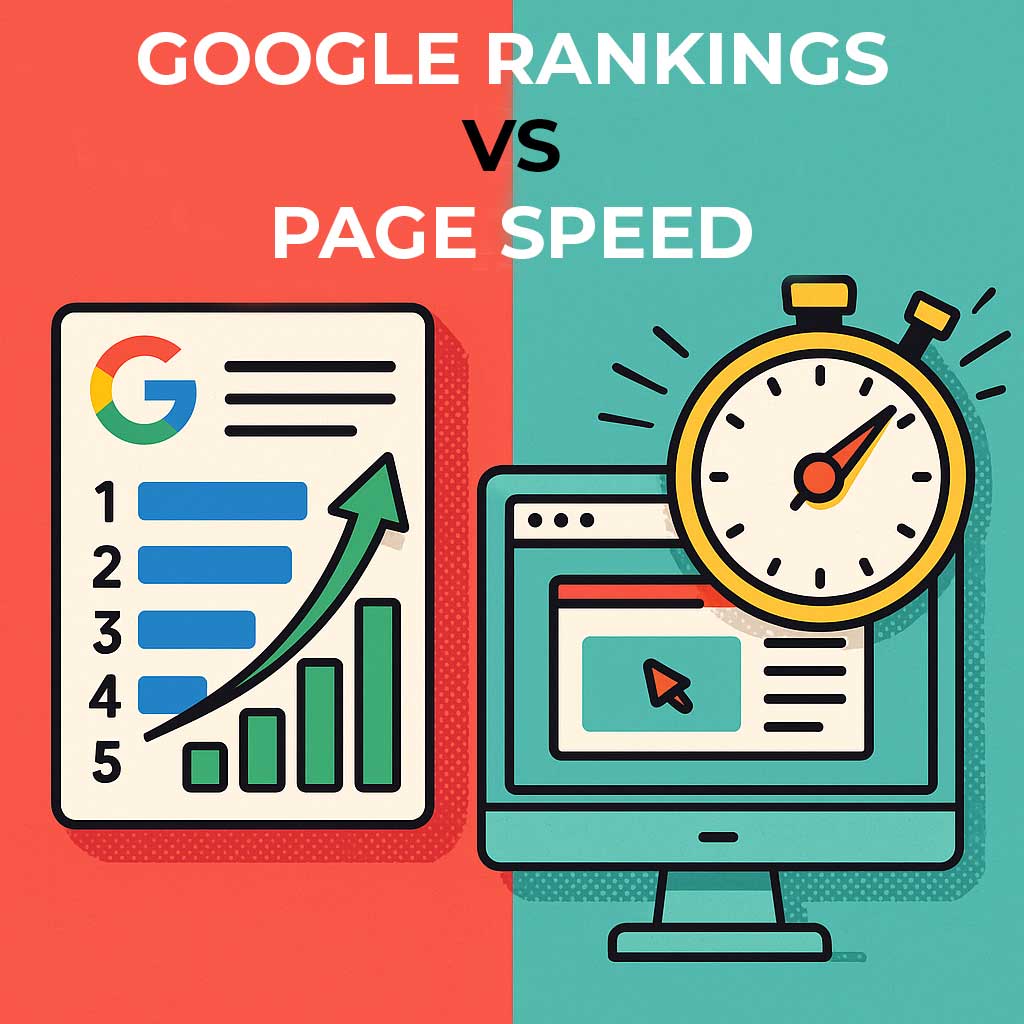In a world where your competitor is just one click away, website speed is no longer just a technical concern – it’s a psychological trigger. For small businesses, especially those in Australia competing locally, load times can make or break a sale. If your website is slow, you’re not just losing traffic – you’re losing trust, conversions, and long-term customers.
This post breaks down the science behind why speed matters, how the brain reacts to slow websites, and what you can do – from smarter Australian VPS hosting to front-end fixes – to stop users from bailing in seconds.
First Impressions Happen Fast – Like, 0.05 Seconds Fast
According to a Google study, users form an opinion about your website in just 50 milliseconds. That’s faster than the blink of an eye. If your site lags during that crucial first second, you’ve already triggered negative impressions. Visitors may not consciously say “this site is slow” – but their brain already decided it feels clunky, outdated, or untrustworthy.
The psychology is simple: we associate speed with competence. Just like you’d question a plumber who took 5 minutes to answer a knock at the door, users instinctively distrust slow-loading websites. Speed conveys professionalism. Lag implies risk.
The Neuroscience of Waiting Online
Research in neuropsychology shows that waiting – even just a few seconds – activates the amygdala, the part of our brain associated with stress and fear. When a user clicks a button and nothing happens right away, their body registers it as a micro-stressor. Do that a few times in a session, and you’re effectively conditioning people to leave.
Amazon famously reported that every 100ms of latency cost them 1% in sales. Now imagine that impact on a local bakery or Geelong tradie with 2–3 seconds of delay on mobile. You’re not Amazon – you can’t afford to lose that conversion window.
Speed Impacts Emotion – and Emotion Drives Conversion
Emotions influence how people interact with websites. A slow website triggers frustration, anxiety, or apathy. A fast site creates a sense of ease and control. Positive emotions lead to action: filling out a form, making a purchase, booking a service. Negative ones lead to bouncing – and they remember the feeling more than your branding.
That’s why optimising speed isn’t just about SEO or performance metrics – it’s about creating a calm, confident user experience that nudges people to trust and engage with your business.
Mobile Users Are Even Less Forgiving
Over 60% of Australians now browse primarily on mobile. And mobile users are brutal: they expect faster results and have even shorter attention spans. A delay of just 3 seconds can increase bounce rates by over 30% on mobile. If your mobile site isn’t loading quickly – and cleanly – you’re not even in the running.
This is particularly important for service businesses that rely on quick mobile access – like emergency trades, local cafes, gyms, or consultants. These users are often on the go, looking for fast answers. They won’t wait for a bloated homepage or oversized images to load.
Speed = SEO, But Not Just for Google
Yes, Google officially uses site speed as a ranking factor. But beyond that, speed directly impacts your behaviour metrics – time on site, bounce rate, and conversion rate – which indirectly influence your SEO rankings.
If someone visits your page and leaves within 5 seconds, that sends a clear signal: the content (or experience) wasn’t useful. Google picks up on that. And your competition? They’re happy to welcome that visitor instead.
This is especially important if you rely on local SEO to attract business in areas like Geelong, Melbourne, or Brisbane. Fast sites rank better. Period.

Why Hosting Is Half the Battle
You can optimise images and minify scripts all you like – but if your site is on cheap, oversold, offshore hosting, it’s like tuning up a Ferrari and then driving it on a gravel road. The foundation matters.
Switching to Australian VPS hosting or high-performance WordPress hosting can reduce latency dramatically. Local servers mean faster time-to-first-byte. No unnecessary overseas routing. No traffic congestion from noisy neighbours.
Plus, good hosting providers (like us) include built-in caching tools, LiteSpeed optimisation, and server-level security – all of which improve performance without needing a developer.
Check These Common Speed Killers
Here are the top offenders we see when auditing slow websites:
- Cheap offshore shared hosting
- Uncompressed images or videos
- Bloated WordPress themes or page builders
- Excessive plugins (especially page speed testing or analytics)
- No caching, no CDN, no optimisation tools
- Lack of mobile responsiveness or AMP setup
Many of these can be resolved in under 30 minutes. Others (like hosting) require a more strategic move – but one that pays dividends long-term.
Fix It Fast: Speed Wins Trust
Want a fast win? Start by switching to fast, local hosting. Then install a caching plugin (or use your host’s built-in tools), compress images using tools like TinyPNG, and audit your plugins. Need help? We offer free speed reviews for Aussie sites.
If you’re running WordPress, make sure you’re using optimised hosting designed specifically for it. Our WordPress hosting plans are built for this exact scenario – and we’ll help you migrate, test, and tweak performance in days, not weeks.
The Bottom Line: Your Site Speed is Your First Impression
You wouldn’t greet a customer in your store by ignoring them for five seconds. Don’t do that online. Website speed is psychological. It impacts mood, trust, and action. And in 2025, it’s one of the most important conversion levers for small business websites in Australia.
Need help speeding things up? Contact us today for a free performance check and we’ll show you exactly where your site can go faster.







